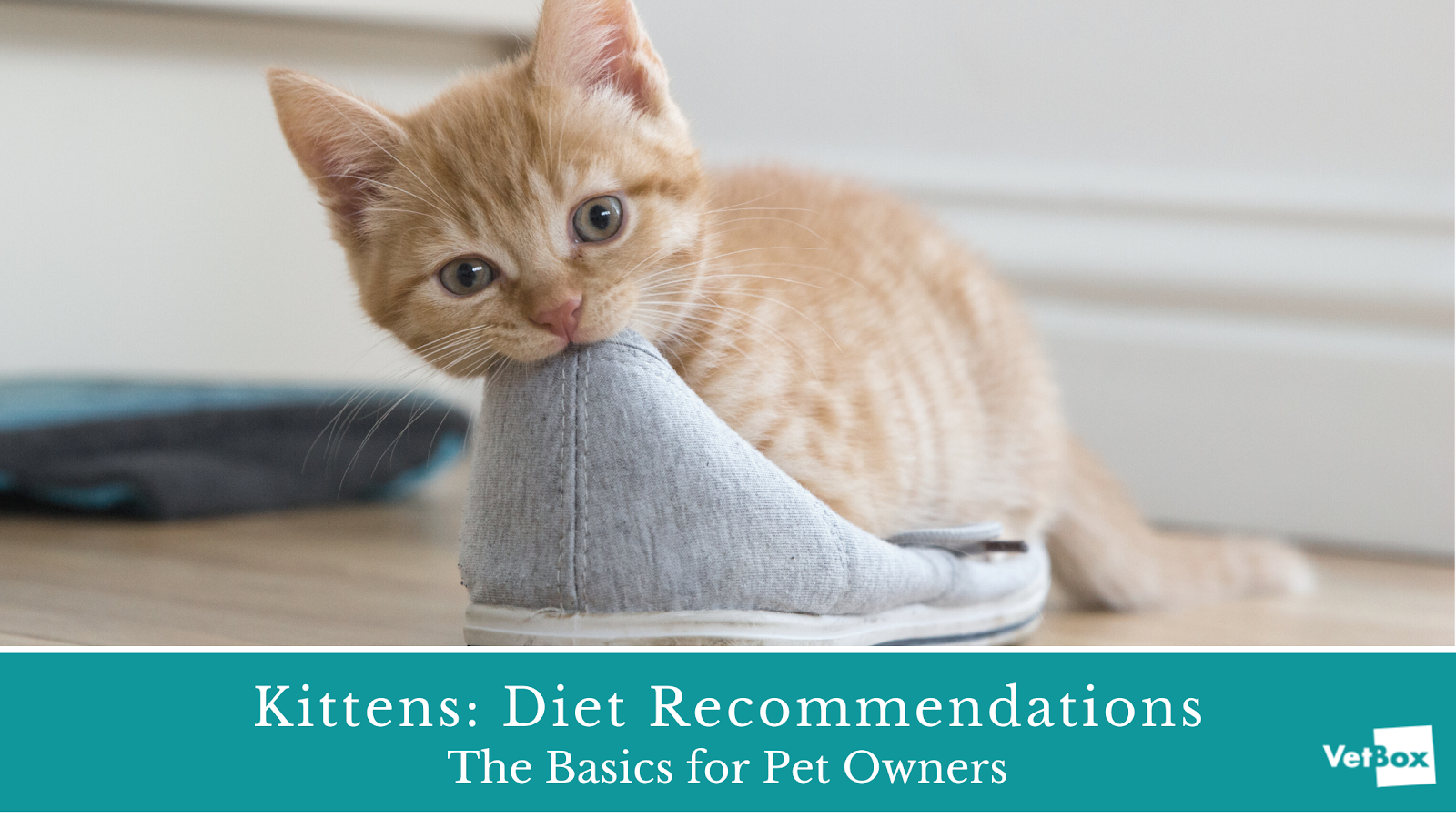
Introducing a new furry kitten to the household should be an incredibly exciting time but it can be overwhelming too! There are some basics about what they eat that not everyone knows….So we’ve included top tips and considerations:
There are so many different food options available in pet stores and online. So before you buy, let’s bust a few myths:
- Expensive does not equal better: A lot of pricy “boutique” or “organic” pet foods are unfortunately not balanced or tested according to veterinary standards, and may actually pose a risk to your pets health down the road. These can be 2-3 times more costly than standard diets from reputable companies, and in some cases more than even prescription diets.
- Vets recommend certain brands because they get rewards from the company: FALSE! Vets recommend a particular set of brands because there really are only a handful that have tested their diets according to veterinary standards and employ full time board certified veterinary nutritionists (among other specialists). More on this later…
- Home cooking is better to avoid preservatives: While home cooking can be done safely if this is your goal, they are tricky. It is essential home cooked diets be done under the direction of a nutrition specialised vet to avoid dietary imbalances. Imbalanced home cooked diets can be very detrimental to cats of all ages, especially growing kittens. Commercially prepared diets are adequately balanced to provide the right nutrients, and any additives have been carefully selected to ensure no ill effects to your pet.
What should I feed my kitten?
First and foremost, a food labelled specifically for kittens or all life stages is essential. These are formulated to meet the unique needs of growing kittens. Kittens need higher levels of protein and fat to keep up with growth. Nutrients such as calcium are also required in different quantities than adult cats for bone maturation. Feeding kittens an adult or senior formulation runs the risk of interfering with healthy growth.
Three brands we reach for consistently are Purina, Hills Science Diet, and Royal Canin. These companies consistently prove reliable and have become major players in the veterinary field. All three companies provide both over the counter as well as prescription diets that have been heavily studied and proven to provide the right nutrients in the right quantities (if you are feeding the correct amount of the correct life stage). Iams, Eukanuba, and Blue Buffalo also have a few diets that have been appropriately tested and researched as well, but it is important to read the labels on any diet to ensure this is the case. For more information on understanding pet food labels and regulations, check out www.pmfa.org.uk (Pet Food Manufacturers Association).
Dry vs. canned…is one better than the other?
Dry and canned are both perfectly fine options for kittens as long as you ensure you are feeding the right amount of total calories recommended daily and using a kitten formulation. Some kittens will prefer one over the other, and may tell you quite quickly if that is the case. Both are safe and healthy. Using dry vs. canned vs. a combination of the two are all appropriate. Kittens are typically ready for dry food by around 6-8 weeks of age and have been weaned completely from their mother. Many veterinarians encourage trying to incorporate at least some quantity of canned food into a kitten’s diet. This is to provide extra moisture as cats are very inefficient drinkers, to help promote kidney and bladder health, manage weight, and also to help with feeding medications down the road if needed.
How much should I feed my kitten?
Typically, it’s best to look at the food label for directions on the quantity to feed. These tend to overestimate a little bit for adult cats, but for fast growing kittens I think that the feeding guide charts on the sides of the bag or can are a good place to start.
Feeding multiple smaller meals per day is easier for cats to digest, as their stomachs are extremely small even into adult food. This may mean 3-4 meals per day for kittens and young cats. I also recommend meal feeding (setting out a specified amount at specified times) typically over “free feeding” (having larger quantities of food out all the time). This allows owners to keep a better idea of if their kitten/cat is eating a normal quantity, pick up on problems sooner, and also helps keep cats at a healthier weight. Unfortunately most cats are not great at regulating their own calorie intake, though there are a few out there!
TIP: For more information on deciding if your kitten is too thin or overweight, check out our blog on weight management!
When should I feed my kitten?
Having a fairly stable schedule in terms of feeding times/location is going to make things easiest. Starting with a morning meal, 1-2 mid day meals, and an evening meal is often the easiest schedule to stick with.
TIP: I recommend avoiding play time immediately before or after a meal, to help prevent GI upset.
Where should I feed my kitten?
A calm place away from distractions and other pets is best. Having a designated “spot” is nice to encourage routine. This allows your kitten to focus their very short attention span on eating, not playing or trying to swipe their housemates’ food.
TIP: If your kitten is a quick eater, activity feeders are a GREAT way to slow them down and prevent choking or vomiting. Flat bowls can also slow the speed at which kittens eat. There are many of these commercially available at pet stores and with online retailers such as Amazon.
Can I feed my kitten human food?
It is important for pet owners to understand there are many foods that are perfectly safe for humans but are extremely toxic to pets. Some things that are very toxic to cats include garlic, onions, caffeine, chocolate, grapes, raisins, macadamia nuts, artificial sweeteners (xylitol), and alcohol. I recommend asking your vet before giving any human food to your creatures! As much as we are tempted to give it, they don’t actually need it.
Checking with your vet is always the best way to overcome the overwhelming amount of information on pet foods out there. They can help you decide what’s best for your kitten based on their medical needs and what works for you!
Dr. Kirsten Ronngren, DVM MRCVS





